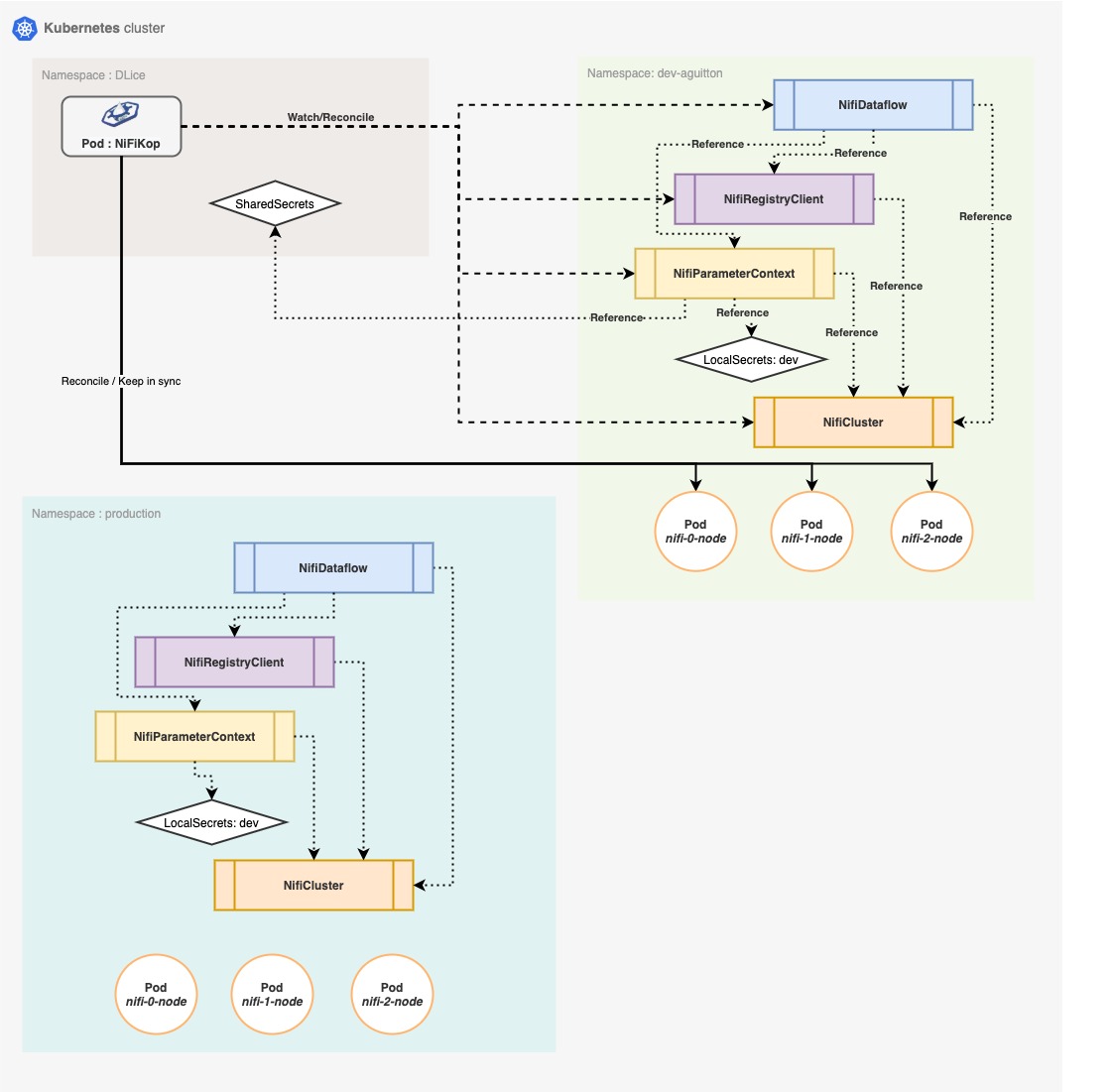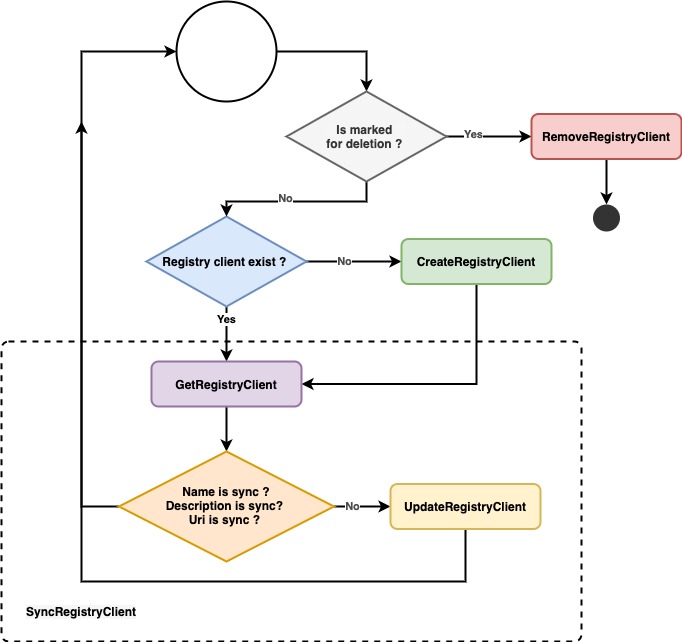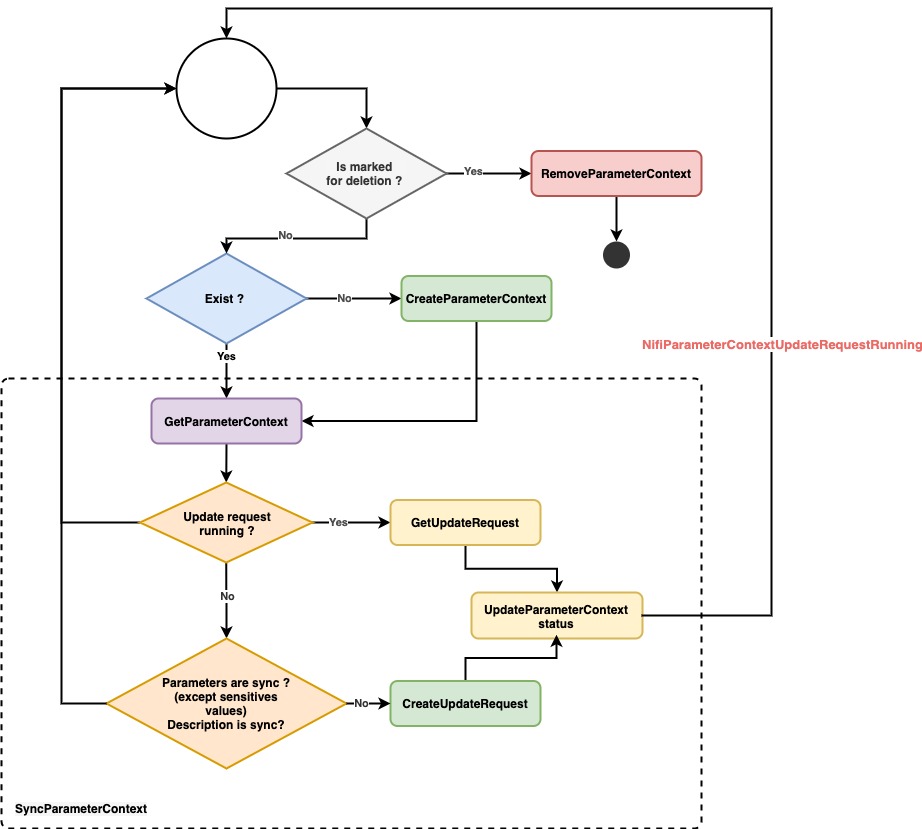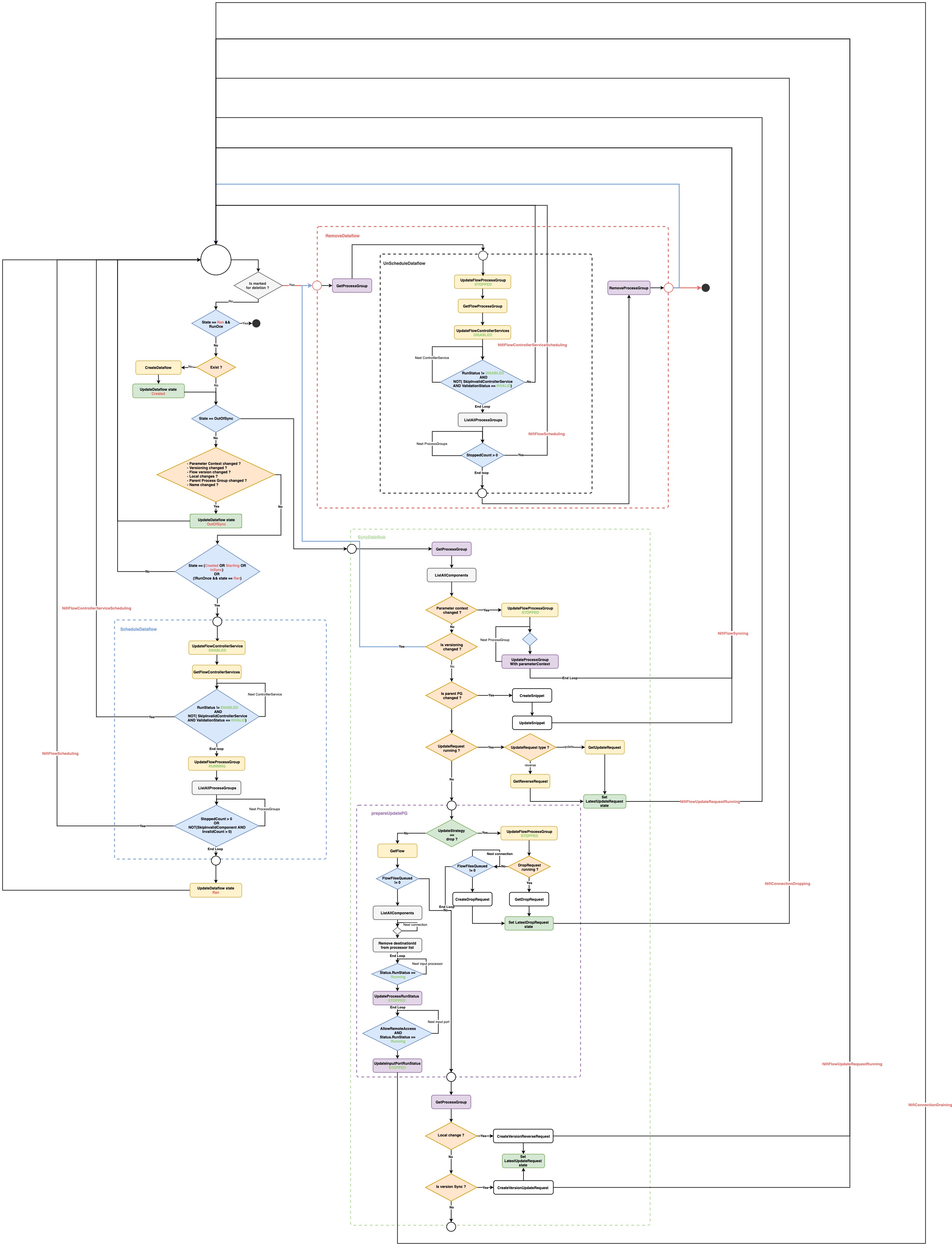Design Principes
Pod level management
NiFi is a stateful application. The first piece of the puzzle is the Node, which is a simple server capable of createing/forming a cluster with other Nodes. Every Node has his own unique configuration which differs slightly from all others.
All NiFi on Kubernetes setup use StatefulSet to create a NiFi Cluster. Just to quickly recap from the K8s docs:
StatefulSet manages the deployment and scaling of a set of Pods, and provide guarantees about their ordering and uniqueness. Like a Deployment, a StatefulSet manages Pods that are based on an identical container spec. Unlike a Deployment, a StatefulSet maintains sticky identities for each of its Pods. These pods are created from the same spec, but are not interchangeable: each has a persistent identifier that is maintained across any rescheduling.
How does this looks from the perspective of Apache NiFi ?
With StatefulSet we get :
- unique Node IDs generated during Pod startup
- networking between Nodes with headless services
- unique Persistent Volumes for Nodes
Using StatefulSet we lose the ability to :
- modify the configuration of unique Nodes
- remove a specific Node from a cluster (StatefulSet always removes the most recently created Node)
- use multiple, different Persistent Volumes for each Node
The Orange NiFi Operator uses simple Pods, ConfigMaps, and PersistentVolumeClaims, instead of StatefulSet (based on the design used by Banzai Cloud Kafka Operator).
Using these resources allows us to build an Operator which is better suited to NiFi.
With the Orange NiFi operator we can:
- modify the configuration of unique Nodes
- remove specific Nodes from clusters
- use multiple Persistent Volumes for each Node
Dataflow Lifecycle management
The Dataflow Lifecycle management feature introduces 3 new CRDs :
- NiFiRegistryClient : Allowing you to declare a NiFi registry client.
- NiFiParameterContext : Allowing you to create parameter context, with two kinds of parameters, a simple
map[string]stringfor non-sensitive parameters and alist of secretswhich contains sensitive parameters. - NiFiDataflow : Allowing you to declare a Dataflow based on a
NiFiRegistryClientand optionally aParameterContext, which will be deployed and managed by the operator on thetargeted NiFi cluster.
The following diagram shows the interactions between all the components :

With each CRD comes a new controller, with a reconcile loop :
- NiFiRegistryClient's controller :

- NiFiParameterContext's controller :

- NiFiDataflow's controller :
